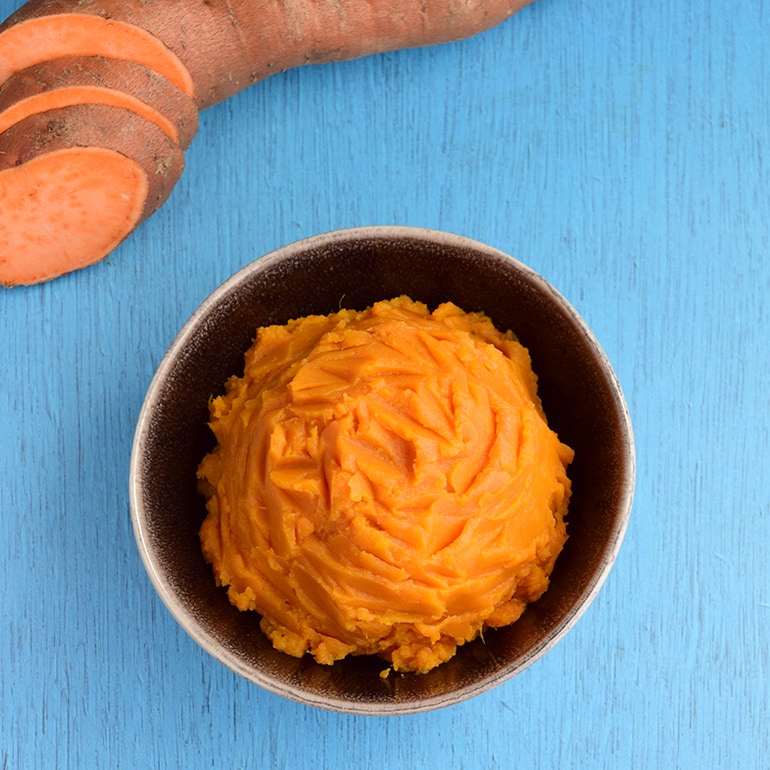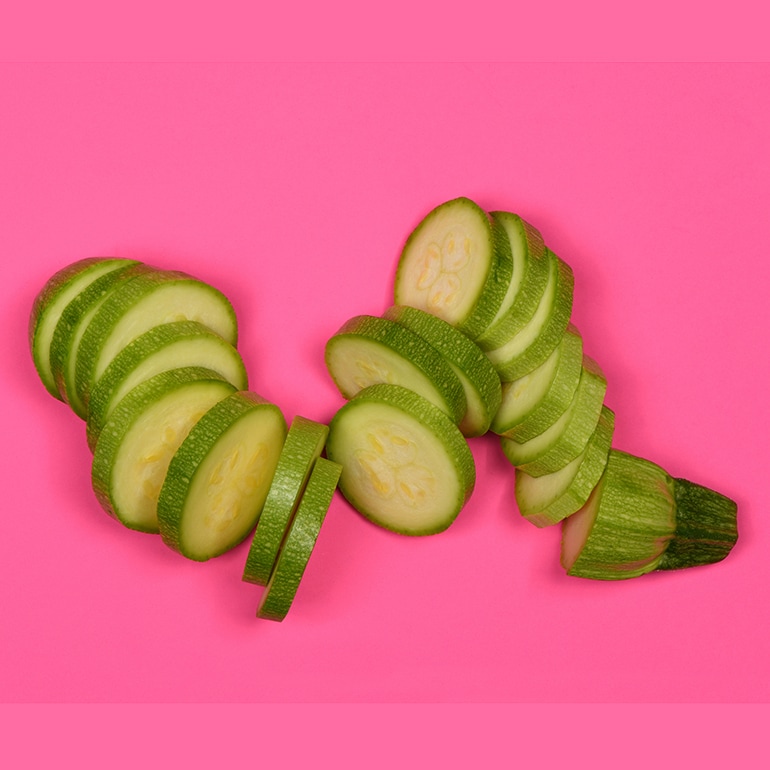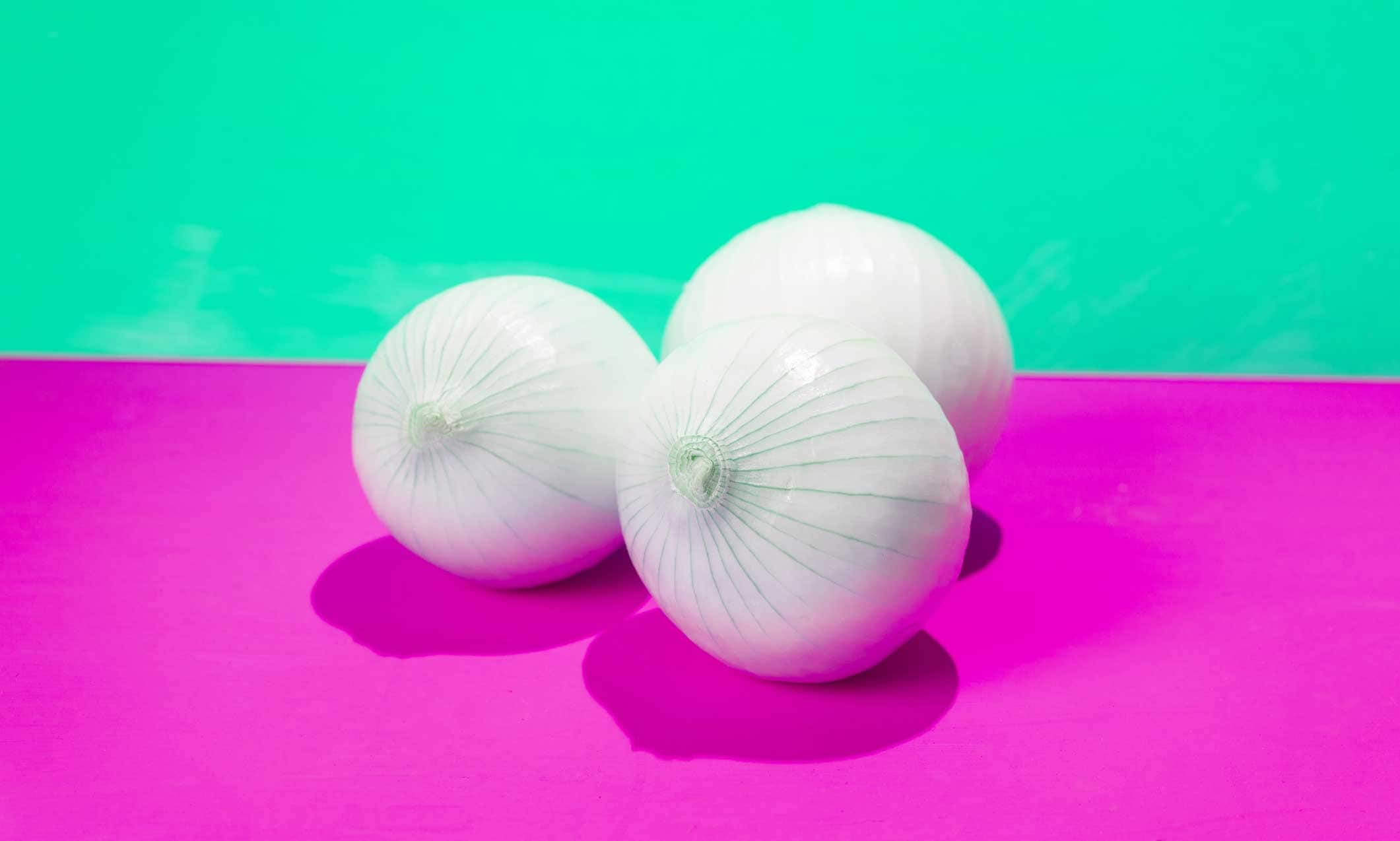Cats are obligate carnivores (meaning cats eat meat to survive), and a cat’s diet should generally be high in protein and fat. But that doesn’t mean your cat can’t enjoy the occasional fresh vegetable treat! In fact, adding a few safe vegetables in small quantities to your cat’s regular diet can provide a few health benefits.
We talked to two expert vets to learn all about the best vegetables cats can eat,, the health benefits of these veggies and the best way to feed them to your cat. We’ve also listed 11 veggies your feline friend should never have.
Before incorporating any new foods into your cat’s diet, always consult with your veterinarian to make sure it’s a safe addition to your pet’s diet given their health, diet needs and current medications. Your vet will tell you if your cat can eat vegetables and, if so, the appropriate serving sizes.
Cat-Friendly Veggies
Click on a vegetable to learn more.
Broccoli

Benefits:
- High in fiber
- Good source of vitamin C and vitamin K
- Contain antioxidants
Preparation:
- Wash broccoli thoroughly.
- Remove stems and cut florets into small pieces.
- Cook by steaming or roasting.
Cat treat portion size: Only feed your cat a few bites, as too many broccoli florets can cause an upset stomach.
Butternut Squash

Benefits:
- High in fiber
- Rich in vitamin A, vitamin C and potassium
- Can reduce inflammation and help support a healthy digestive system
Preparation:
- Peel the squash and scoop out the seeds and discard.
- Cut the squash into small cubes.
- Steam them for about 15 minutes. You can then mash the squash or puree
- You can also serve your cat canned butternut squash if there’s no added sodium or sugar.
Cat treat portion size: Only offer a small spoonful to your cat initially.
Carrots

Benefits:
- Low in calories
- High in fiber
- Contain beta-carotene, which can help improve vision
Preparation:
- Wash and peel carrots.
- Cut into small pieces.
- Steam, boil or bake the carrots. Do not serve them raw, as uncooked carrots can be difficult for cats to digest.
- Frozen carrots are also an option. Heat them up or if your cat enjoys them cold, ensure they’re defrosted enough to avoid injuring your cat’s teeth.
Cat treat portion size: One or two small pieces. Offer only as an occasional treat.
Green Beans

Benefits:
- Good source of fiber
- Contain vitamin C and vitamin K
- Can help promote weight loss. Green beans are a low-calorie, low carbohydrate snack option, so they’re especially helpful for cats with obesity.
Preparation:
- Wash fresh green beans.
- Serve raw. Some cats may enjoy the crunch.
- Or serve cooked. Steam or boil the green beans for cats who prefer the taste of cooked green beans.
- Or serve frozen. If your cat enjoys them straight from the freezer, they should be thawed enough that they won’t harm your cat’s teeth.
- Cut green beans into small pieces.
Cat treat portion size: Start with 1 or 2 small green bean pieces. If your cat tolerates them, you can increase the serving size to 4 or 5 pieces.
Peas
(green or garden peas, snap peas and snow peas)

Benefits:
- Good source of fiber and protein
- Contain vitamin A, vitamin B and vitamin K
- Can help keep a cat’s digestive system healthy as well as promote a healthy coat
Preparation:
- Wash fresh peas.
- Can be served fresh, frozen, or cooked. If serving frozen, ensure they’re not rock-hard, so your furry friend’s teeth don’t get damaged.
Cat treat portion size: Start with just a few peas. They should always be given in moderation.
Spinach

Benefits:
- Contains vitamin A, vitamin C and vitamin K
- Rich in calcium, folate, magnesium, potassium and riboflavin
- Safe for most cats, but never feed spinach to a cat with calcium oxalate bladder stones
Preparation:
- Wash spinach thoroughly.
- Steam the spinach.
Cat treat portion size: Start with a small amount to determine how it affects your cat’s digestive system. Sometimes spinach can cause an upset stomach. If tolerated by your cat, you can increase the amount, but the daily serving should never exceed 10 percent of your cat’s total caloric intake.
Sweet Potatoes

Benefits:
- Good source of vitamin A and vitamin C
- High in fiber and potassium
Preparation:
- Wash and peel sweet potatoes.
- Do not serve raw. Sweet potatoes do not contain solanine, which is toxic to cats and found in other potatoes. However, sweet potatoes still shouldn’t be offered raw, as they can cause upset stomach or diarrhea.
- Boil the potatoes until soft.
- Mash or put into a blender to create a puree.
Cat treat portion size: Offer your cat a small spoonful.
Zucchini

Benefits:
- High water content, low-calorie snack
- Contains antioxidants
- High in fiber, which helps prevent constipation
- Rich in vitamin A, vitamin C, magnesium, manganese and potassium
- Helps promote a healthy immune system
Preparation:
- Thoroughly wash zucchini. It is not necessary to peel it.
- Steam it or roast the zucchini. It should be cooked, as raw zucchini can be difficult for cats to digest.
- Cut it into small pieces.
Cat treat portion size: Offer your cat one or two small pieces.
Vegetables Cats Should Never, Ever Eat

Not all human foods are cat-safe. While some veggies have nutritional benefits and are a suitable supplement to your feline’s diet, others are no-gos because they can make your cat sick.
You should never give your cat the following veggies:
- Avocados (technically a fruit)
- Chives
- Garlic
- Green (unripe) tomatoes
- Leeks
- Onions
- Raw Potatoes
- Rhubarb
- Scallions
- Shallots
- Wild mushrooms
FAQs About Cats and Veggies
Q: Do cats need veggies?
A: No, cats do not need veggies. Because they are obligate carnivores, they need meat to survive. Cat food is formulated to meet that need. Vegetables, however, can be incorporated into your feline’s diet. They are a nice treat, and the added health benefits are a bonus.
Q: Is it OK for cats to eat vegetables every day?
A: Yes, if your cat really enjoys veggies, they can eat them in moderation daily. However, be mindful that vegetables should never exceed 10 percent of your cat’s total calorie intake for the day; and some veggies are better served on occasion.
Q: When should cats eat vegetables?
A:Cats can eat veggies whenever you want to offer them, as long as you're mindful of the amount. You can mix them in with your cat’s food or offer them separately as a treat.
No matter when you give your cat vegetables, always cut them into small pieces if serving whole versus pureed or mashed. Larger pieces can pose a choking hazard.
Q: Can cats eat raw vegetables?
A:While some cats can eat raw veggies, remember that many vegetables are more easily digestible when they’re cooked.
Please remember to thoroughly wash the veggies before feeding them to your cat, whether you cook them or serve them raw. You want to ensure you’ve removed any possible pesticides or other chemicals.
Q: Can I add any seasonings or spices to my cat’s veggies?
A:No! Several seasonings and spices are harmful to cats, so it’s best to always keep their veggies plain.
Other human foods cats can eat:
Share:












